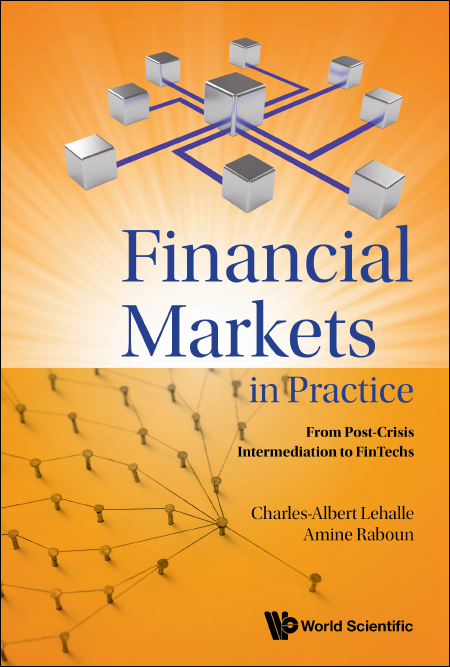The Area of Research and the Object of Investigation In this thesis we will investigate trading strategies in illiquid markets from a market microstructure perspective. Market microstructure is the academic term for the branch of financial economics that investigates trading and the organization of security markets, see, e. g. , Harris (2002). Historically, exchanges evolved as a location, where those interested in buyÂ- ing or selling securities could meet physically to transact. Thus, traditionally security trading was organized on exchange floors, where so-called dealers arranged all trades and provided liquidity by quoting prices at which they were willing buy or sell. Consequently, the initial surge of the market miÂ- crostructure literature focused predominantly on this type of market design, which is often referred to as quote-driven. Nowadays, the interest is shifting towards order-driven markets. Beginning with the Toronto Stock Exchange in the mid 1970s and increasing in freÂ- quency and scope, this market structure has emerged as the preeminent form of security trading worldwide. In order-driven markets, exchanges arrange trades by matching public orders, often by employing automatic execution systems. Introduction A major difference between a quote-driven and an order-driven market arises from the transparency pre- and post-trade. The pre-trade transparency conÂ- cerns the question whether the order book is visible to the keeper only, or whether it is open to the public.












